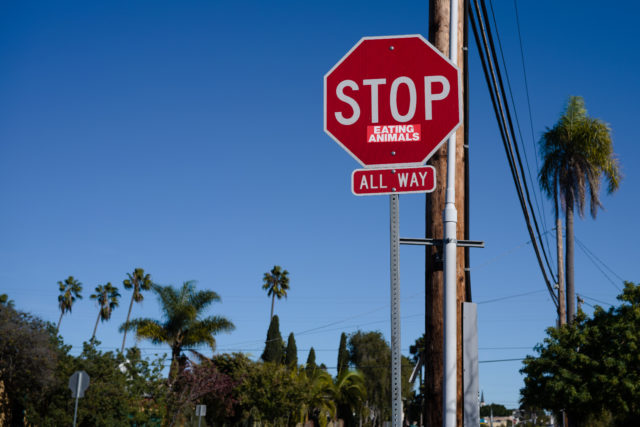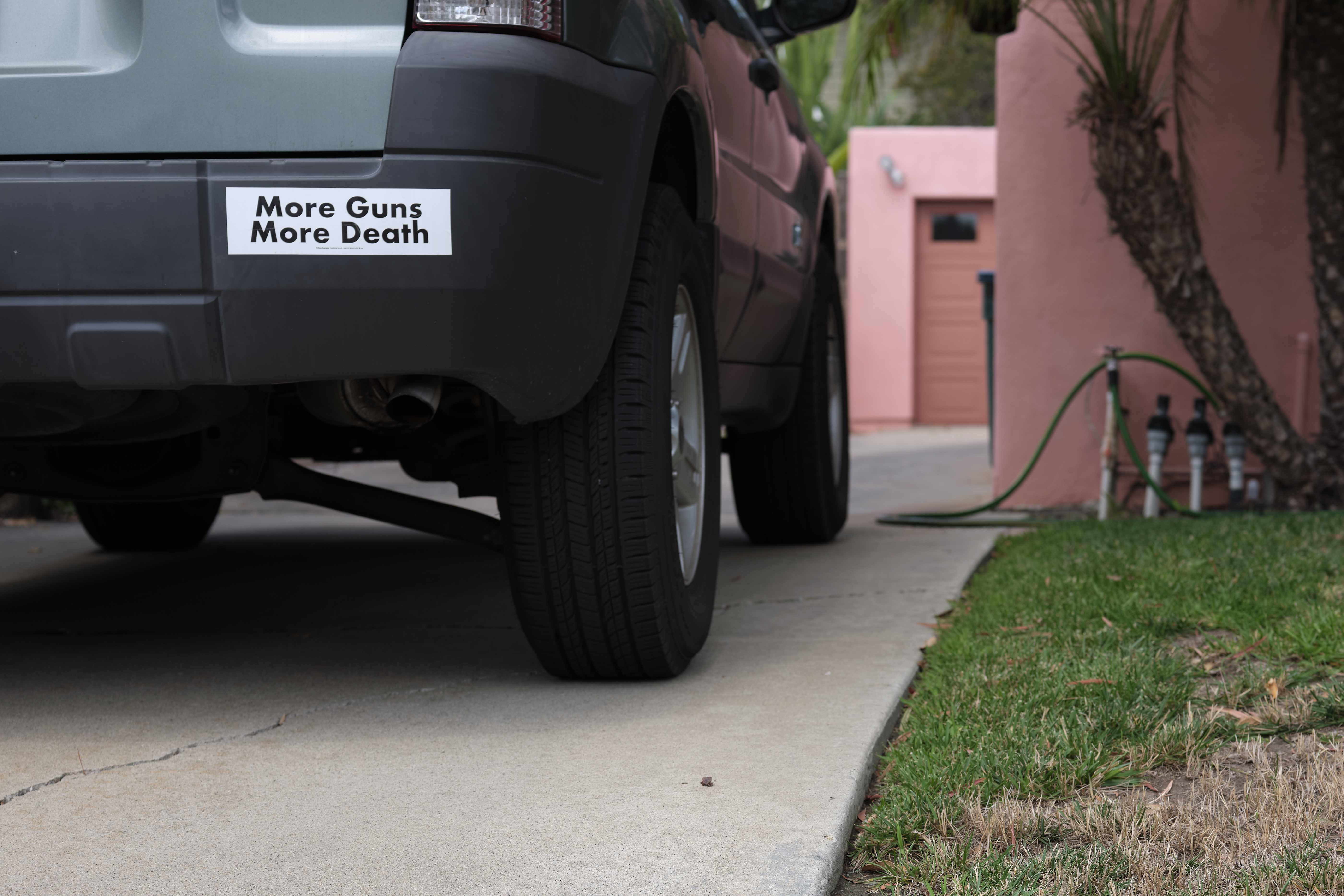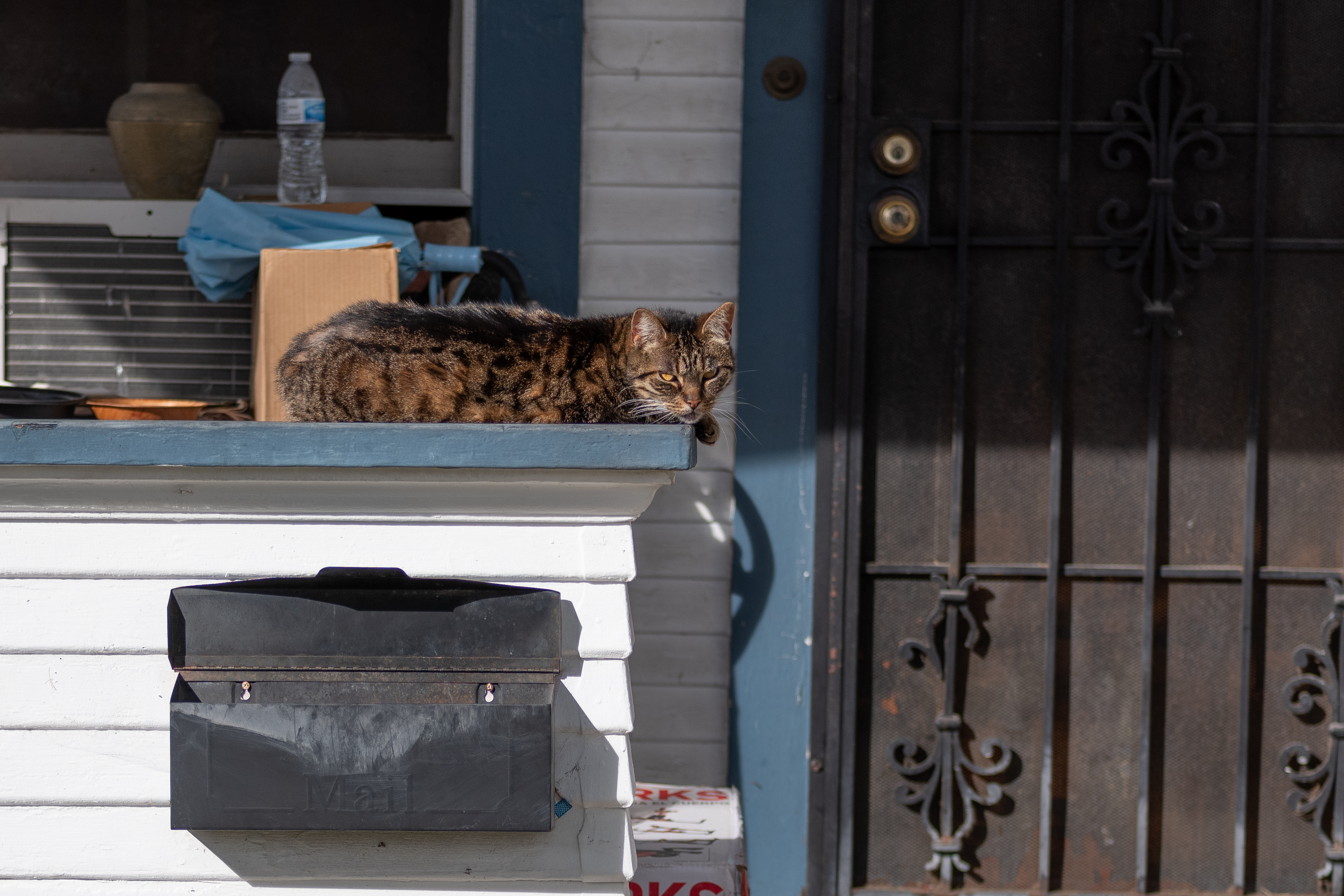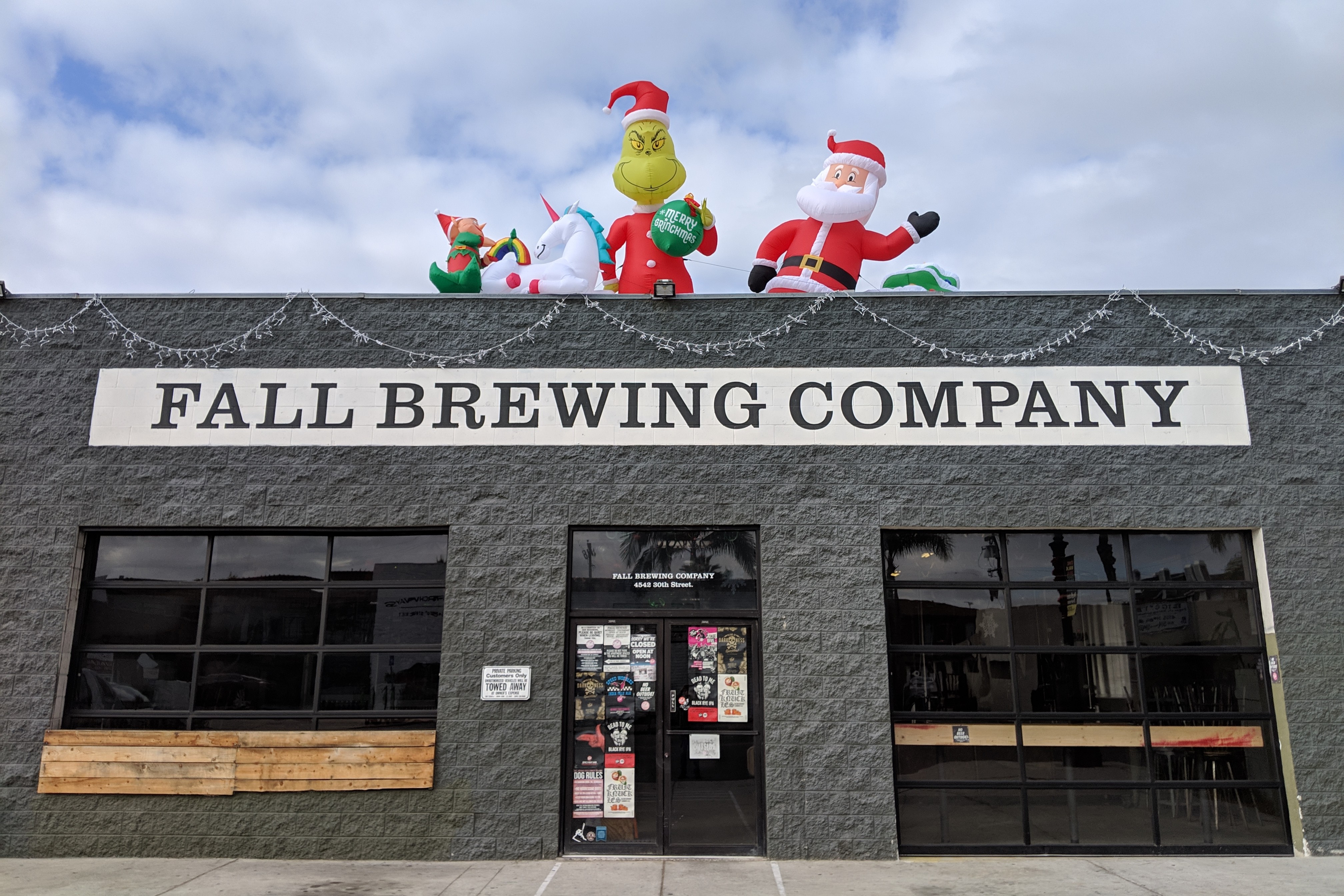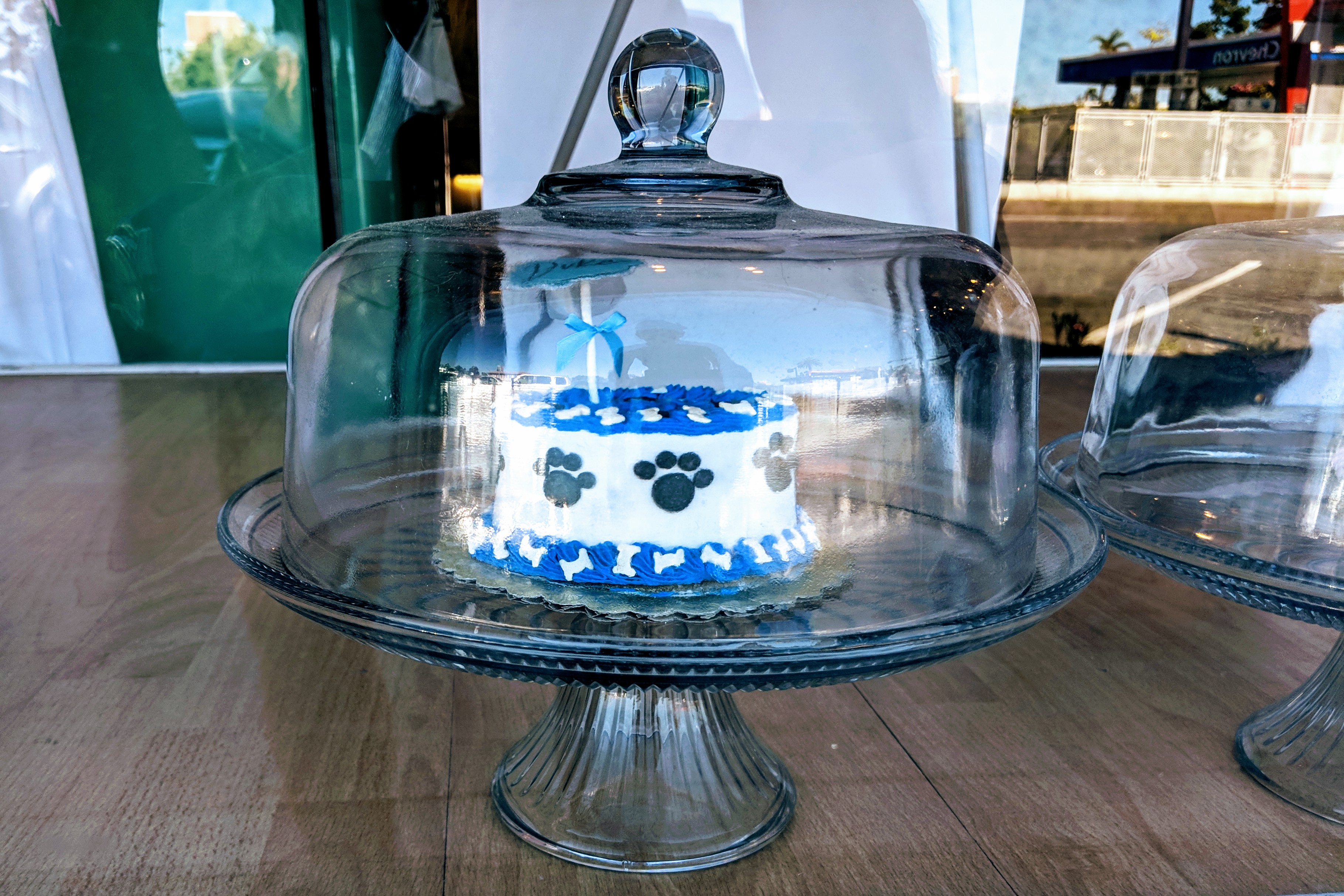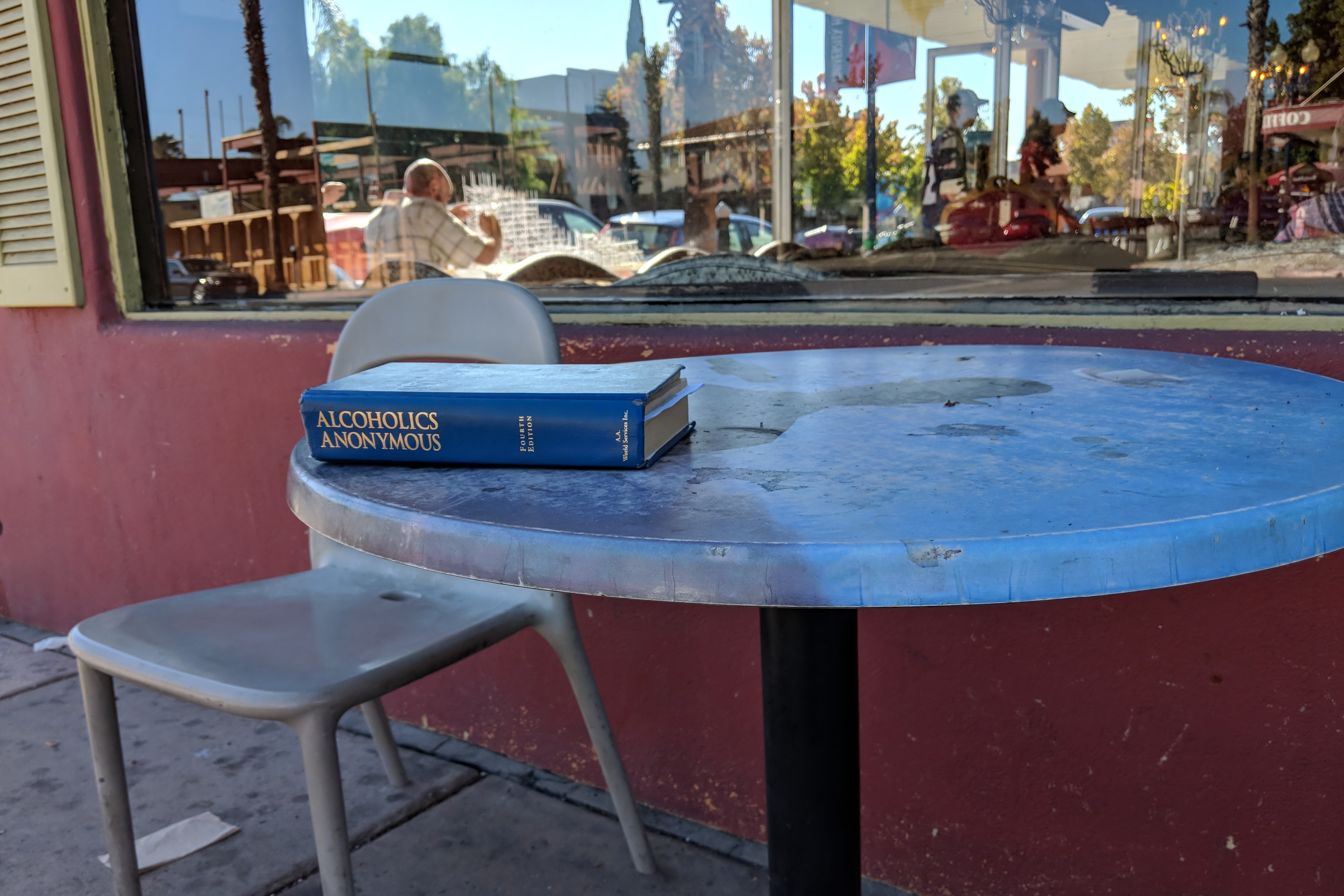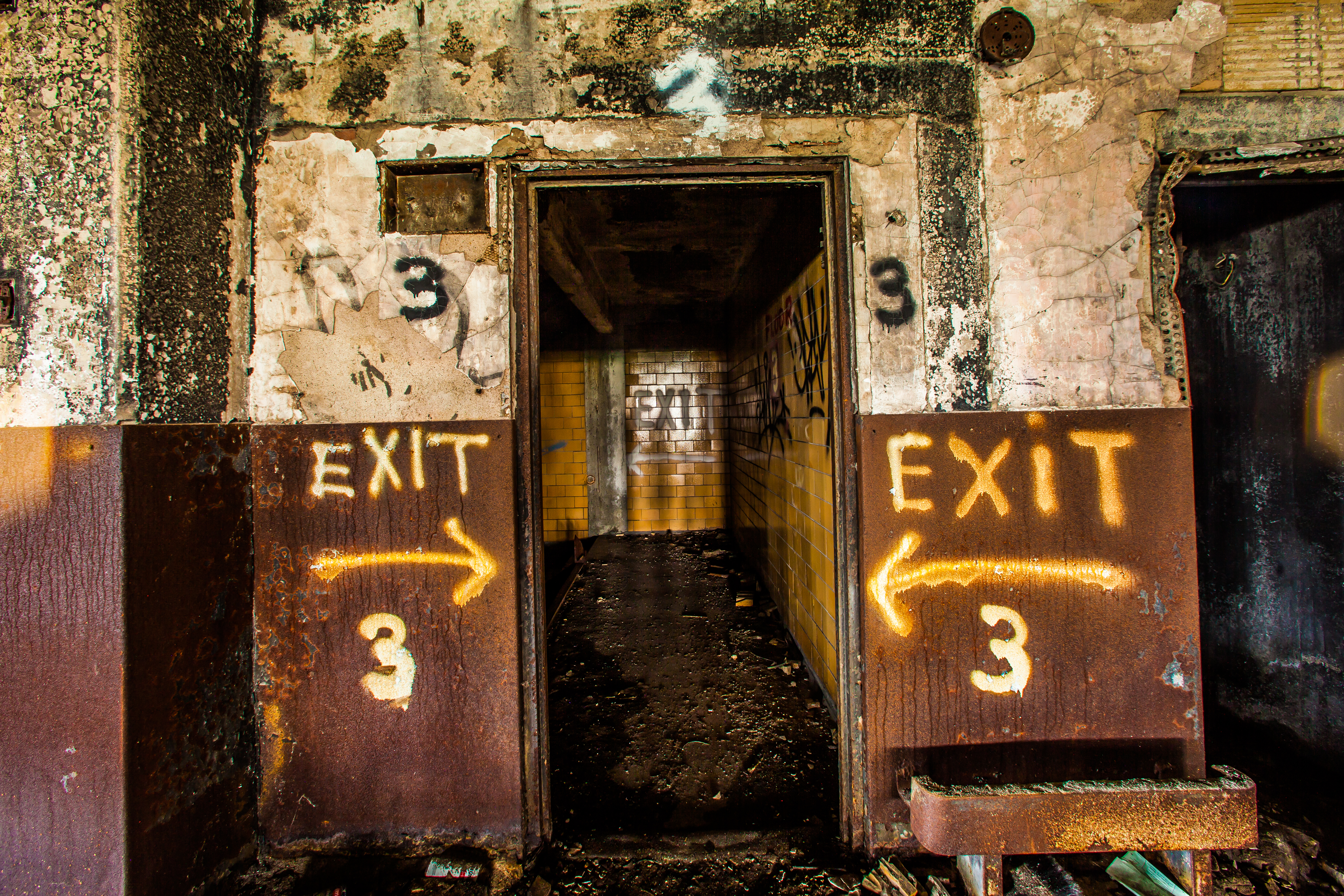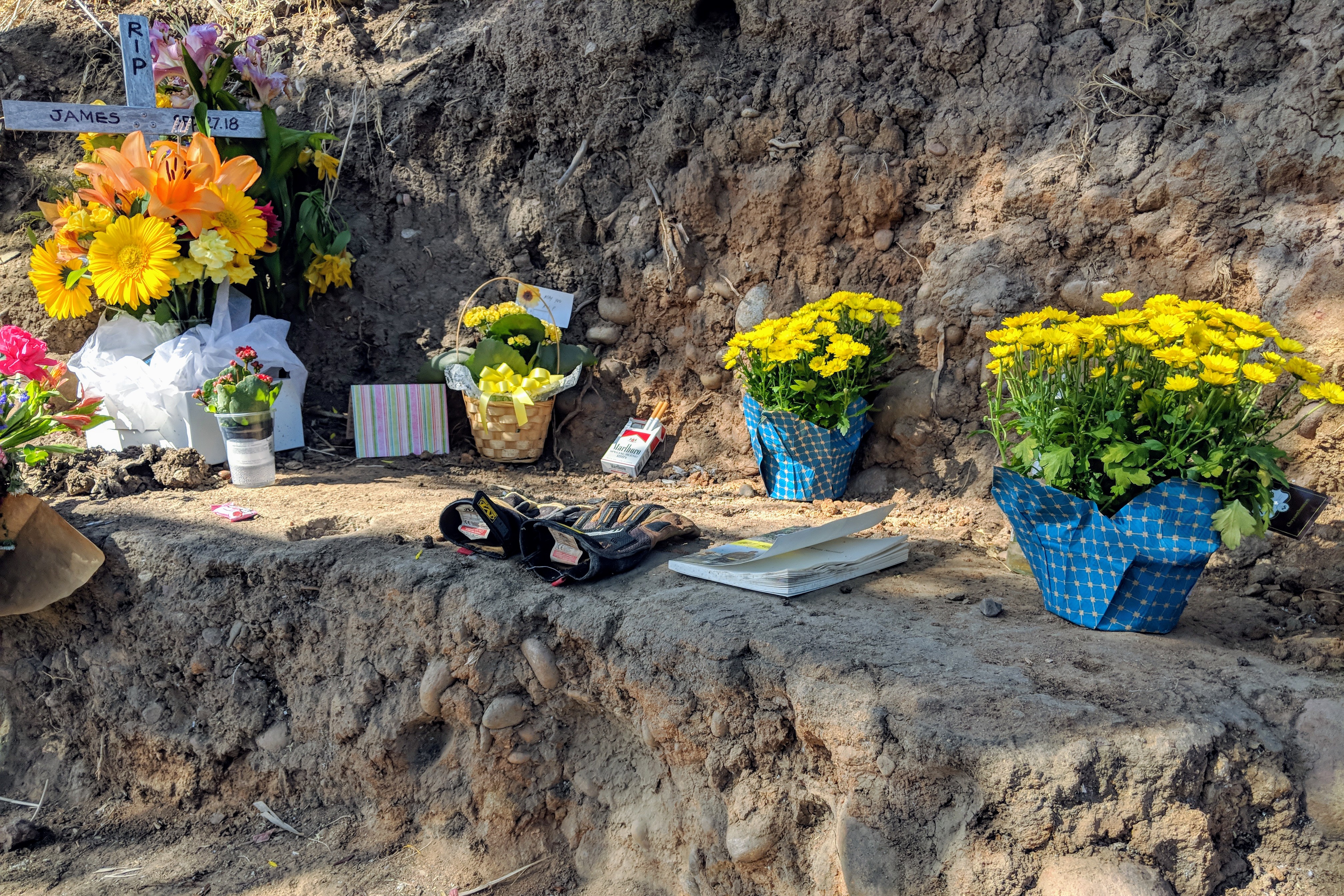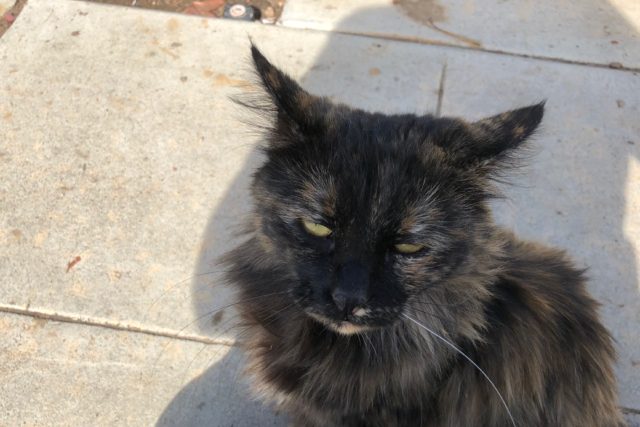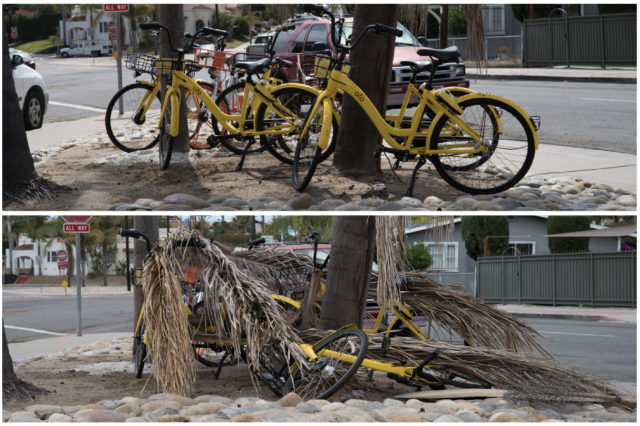A new era of uncertainty makes this an historic Wednesday, as the most transformative event in generations advances with rapacity. This morning (Pacific Daylight Time), and taking too long doing so, the World Health Organization officially classified SARS-CoV-2 (severe acute respiratory syndrome Coronavirus 2)—also known as COVID-19—as a pandemic. This evening, President Trump announced an unprecedented 30-day European travel ban—excluding United Kingdom—starting at 11:59 p.m. EDT on Friday the 13th. How appropriately unlucky is that?
The goal: To limit the contagion’s spread from the Continent, where Italy is besieged and has essentially quarantined (e.g. locked down) the entire country. Earlier today, the government there ordered the closure of all stores, other than banks, pharmacies, and supermarkets. Yikes!

